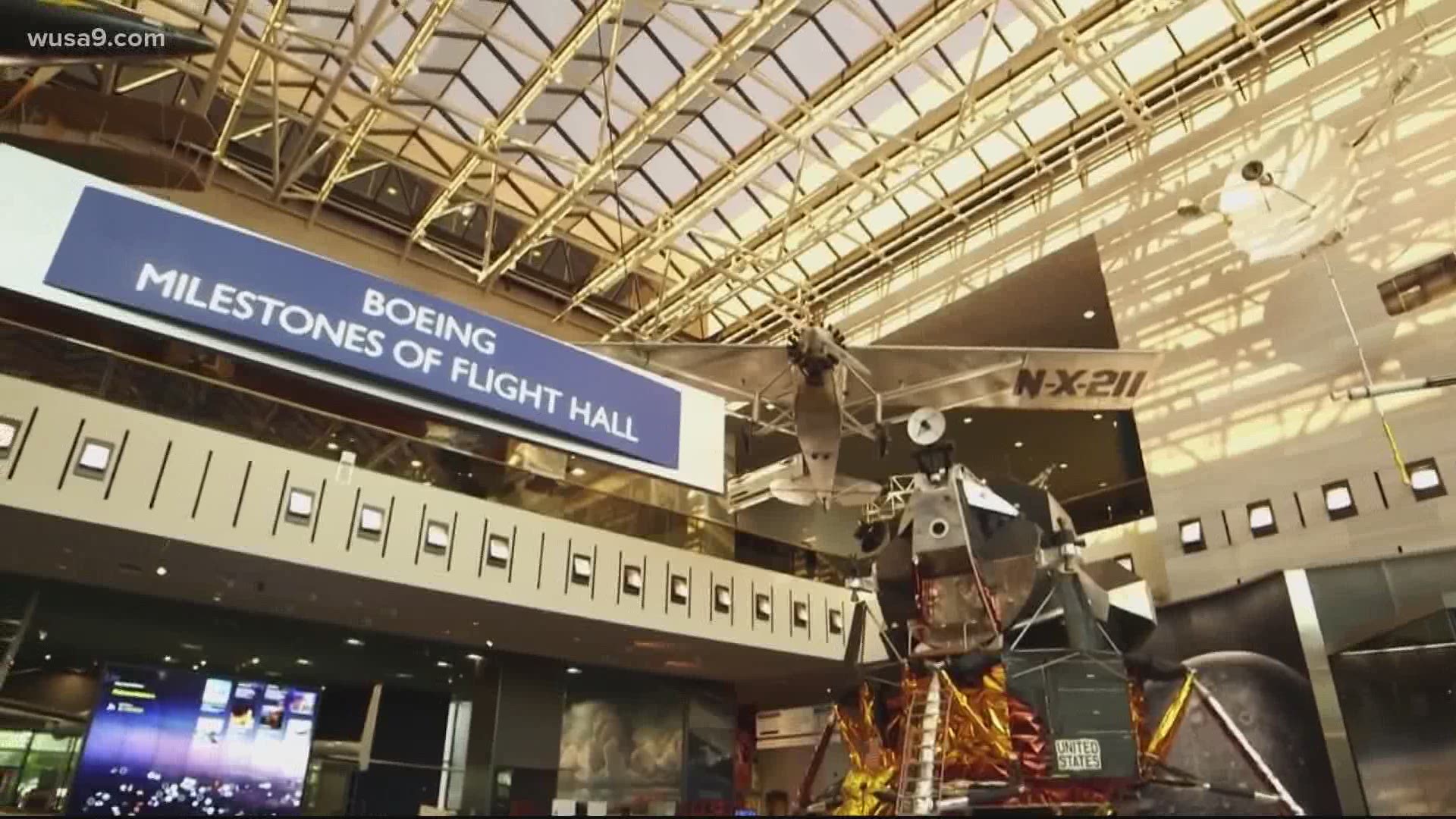WASHINGTON — Mayor Muriel Bowser announced Friday that the District can officially move into the second phase of reopening on June 22, loosening restrictions on a variety of activities from nail salons to yoga studios.
The Phase 2 guidelines released by DC Council also laid out what likely wouldn't be opening just yet, including movie theaters and entertainment venues that would need special waivers for activities. With summer about to start, one question seems to be on the minds of many: What about the Smithsonian?
"We don’t have dates yet, but we know that the Zoo and the Air and Space Museum’s Hazy Center near Dulles airport will be the first to open," a Smithsonian spokesperson said.
The Museum of the Bible and International Spy Museum both announced that they would reopen to the public Monday. The Museum of the Bible released "10 Covid Commandments" including wearing a face mask, avoiding crowding together, taking the stairs when possible and using complimentary styluses on touch screens.
Museums and galleries can reopen with "capacity limits and physical distancing measures in place." Groups must be no larger than 50 people, and guided tours and larger tour groups would be prohibited until Phase 3 of the reopening plan. Meaning that while technically the Smithsonian could open its doors come Monday, the usual business operations would look a bit different.
The ReOpen DC Advisory Board has previously recommended that larger spaces, like museums and gyms, admit five people per 1,000 square feet. Capacity in the buildings can't exceed more than 50% and physical distancing of six feet or more is still required.
Other popular DC venues, like the Kennedy Center, announced closures through the remainder of summer. Opened in 1910, the free museum hosts a variety of historical events and popular exhibits, drawing in crowds of tourists from all around the world.
Just last year, roughly 22.2 million visitors attended the Smithsonian's 19 museums, Zoo, gallery and garden alone.
RELATED: Smithsonian museums continue to navigate pandemic, serve as place of reflection during protests

